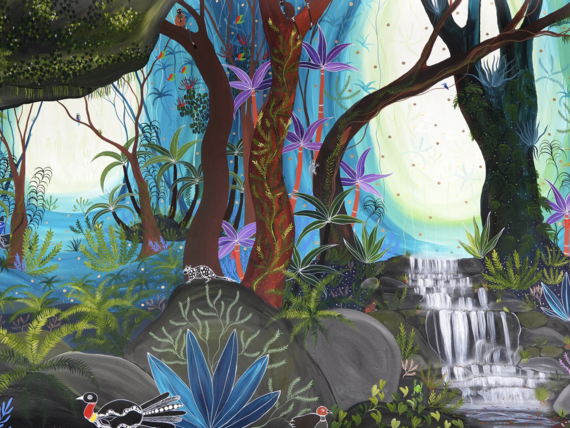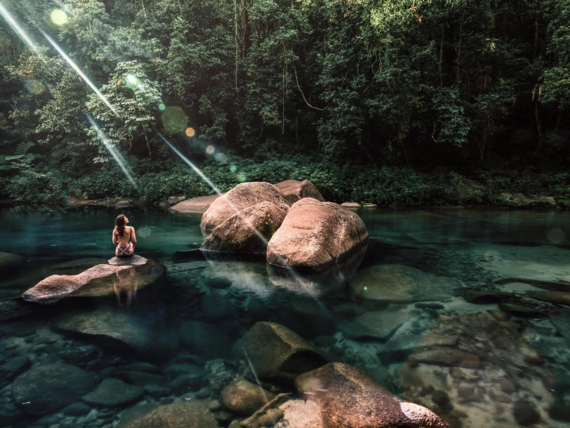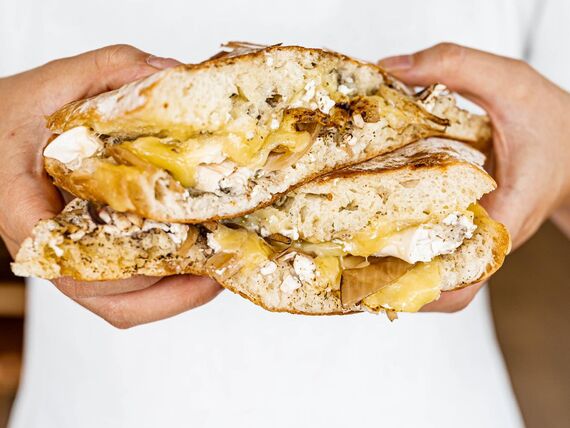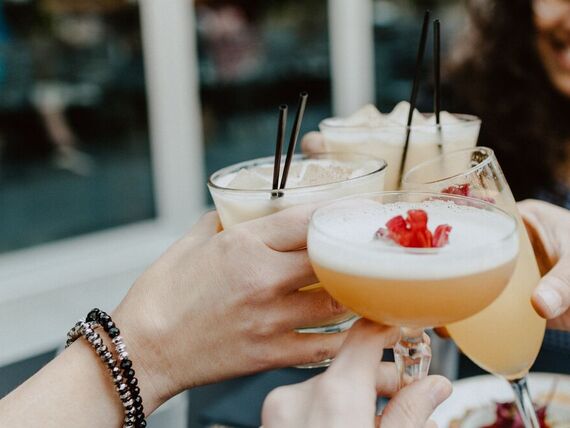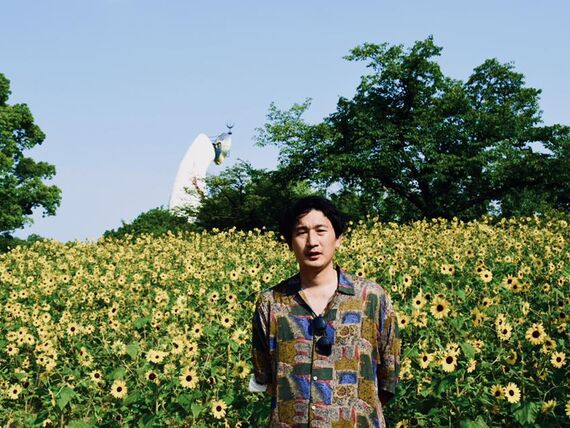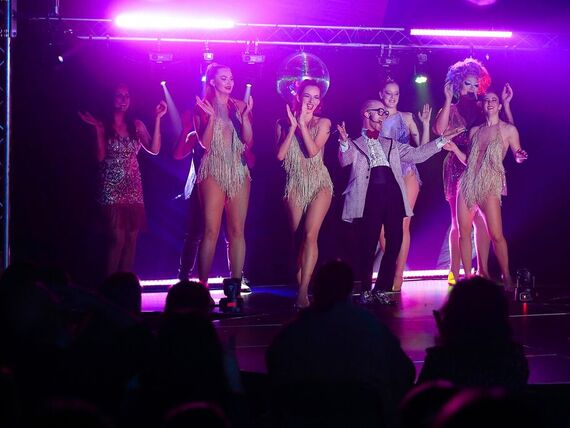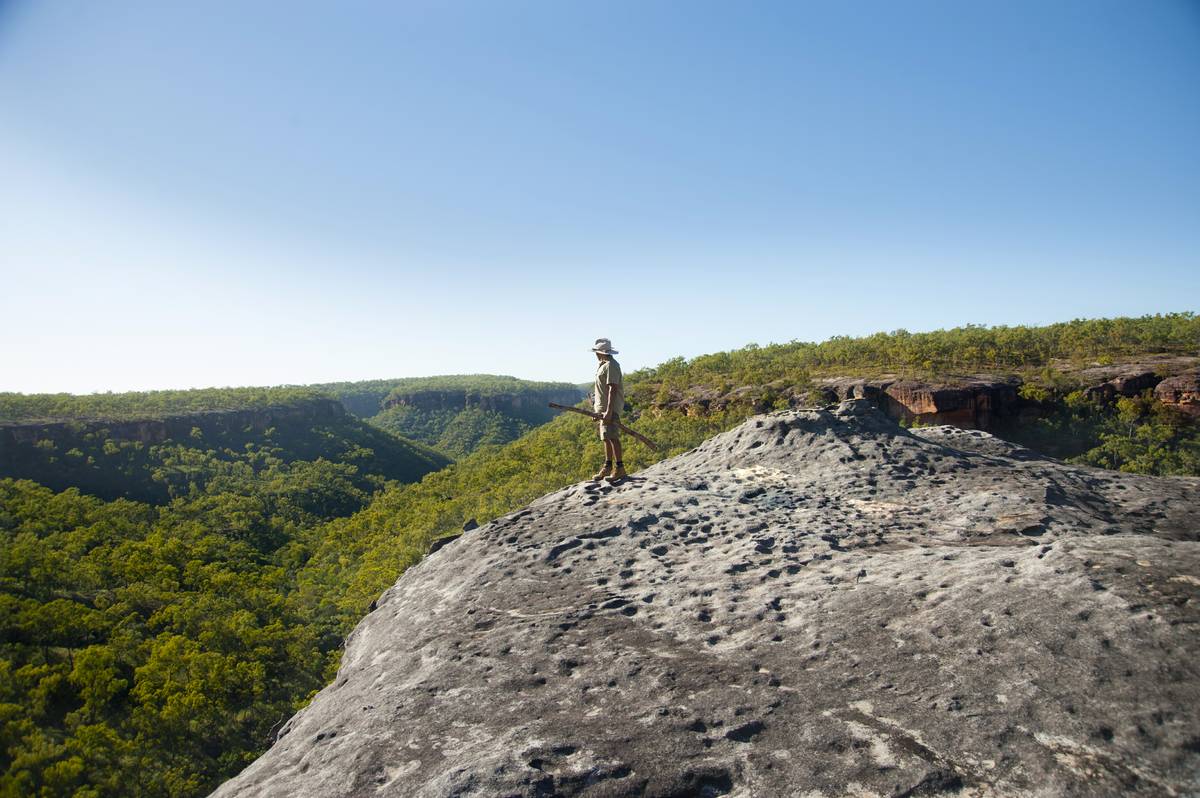
##MP##
More than a dozen rock art sites have been found on Quinkan Country near Laura through a partnership between Western Yalanji Traditional Owners and a Queensland technology consulting firm.
Drones, artificial intelligence (AI) and mapping technology is being used to both find and document the sites, which date back thousands of years.
Much of the rock art faded into history when the Western Yalanji people had their connection to Country disrupted, forced from their land through both the gold rush and stolen generations policy.
That connection is now being revived and shared through Traditional Owners such as Johnny Murison, who runs Jarramali Rock Art Tours.
##IAA1##
He told Tropic Now the partnership with KJR began after founder Kelvin Ross booked his family on one of the tours.
“They come us clients, they’re guests on Country and sometimes when we leave it’s like family or friends forever and that’s exactly what happened with Kelvin and his family,” he said.
“Basically, it started off with a yarn with Kelvin around the campfire.
“I was telling him there’s got to be more sites out there.
“There’d probably be thousands just because of the landscape of the country.
“It’s remote and it’s rugged plus I’ve got old maps and I know where a site is but it hasn’t been recorded.
“Kelvin really wanted to do something.”
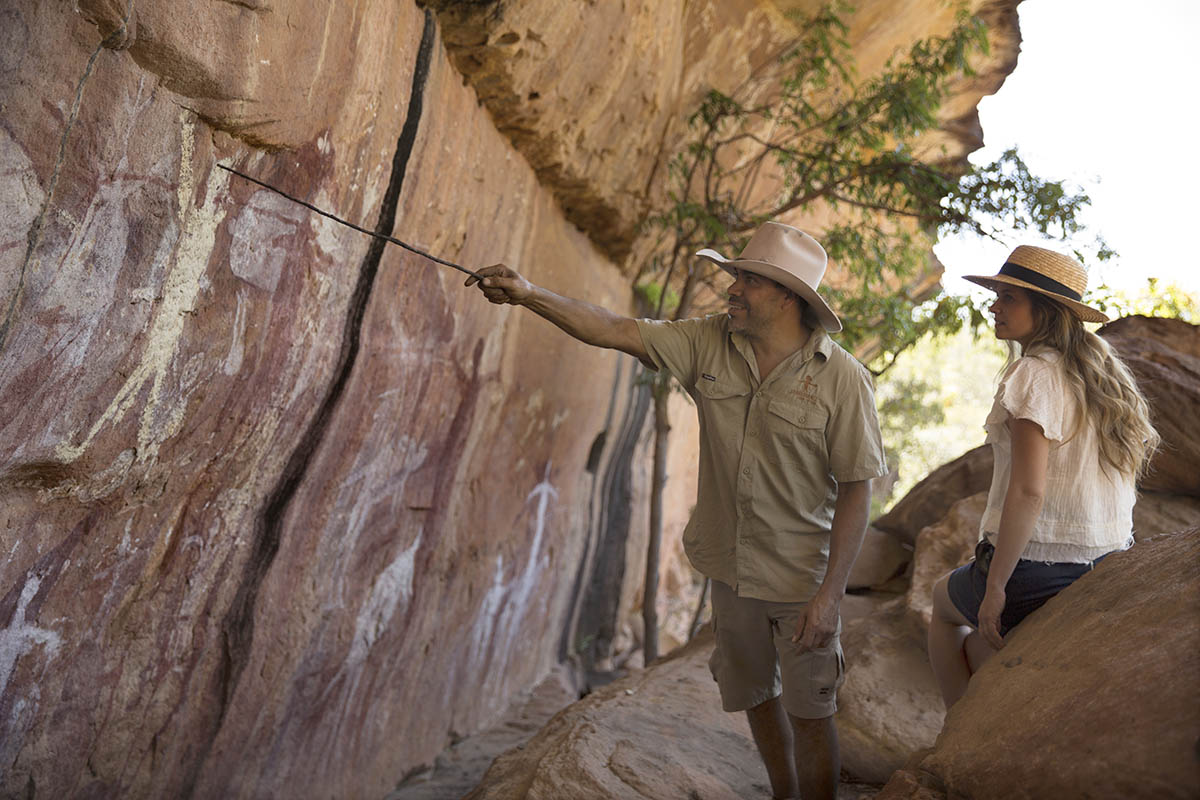
Another trip to Quinkan Country followed, which kick-started so-called technology tours, in which experts in a range of different technologies from AI to GIS mapping, drones, solar and wind power test the latest innovations.
However, it was only when they were granted $1.2 million under a program run by the Queensland Government, Advance Queensland and The Defence CRC for Trusted Autonomous Systems, that the undertaking hit high speed.
The program was looking for a Queensland-based project that could be applied to defence, in which autonomous systems were being tried and tested for assurance in accuracy, scalability and reliability.
General Manager of KJR, Andrew Hammond, said the Western Yalanji venture was the perfect fit.
“On foot if you know where a site is, it can take a five-hour return trip so it’s not very scalable,” Andrew said.
“With machine learning and AI, we know the characteristics of where good rock art should be, so we use AI to look at the geology of the area to determine where they might be and then use the drones to get into those sites.
“We’re looking for overhangs and fresh water and it’s more like a half hour trip.
“If we think it’s worth more investigation, we go in on foot.
“The end goal is to do this in an automated manner where we program the drones to go out and collect the data and then we document it.
“It’s not only about finding new sites but protecting and preserving the current sites – checking on them in an automated manner.”
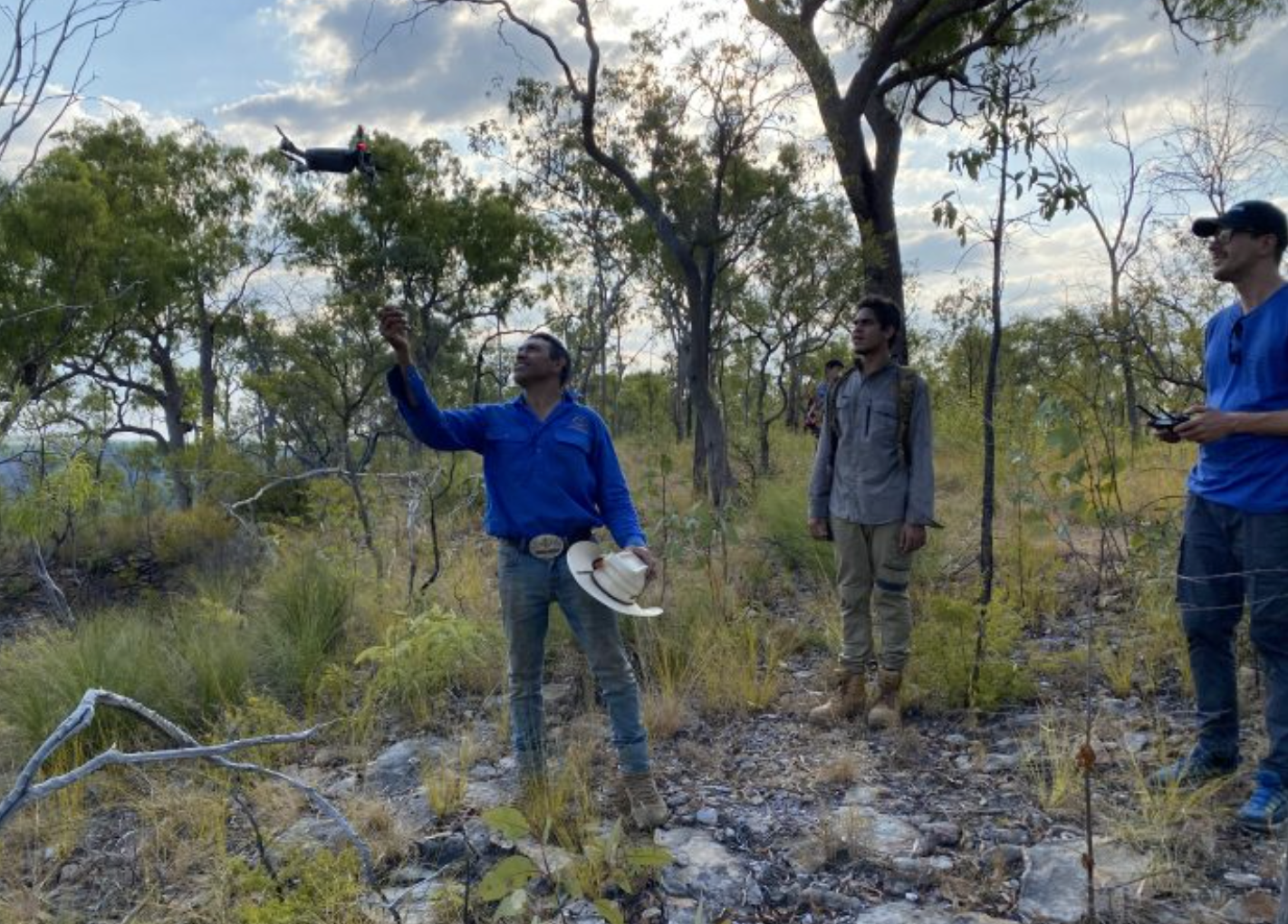
He said it’s been a rewarding program because of the community involvement, including the training of local rangers to operate the drones.
“We’ve collectively trained some of the Indigenous rangers as drone pilots,” he said.
“We found a piece of rock art on the last tour and the ranger sat down with the elders to find out what it was and what it meant.
##PQ##
“So we are using tech to engage across generations and we can potentially create more engagement through technology.
“We make sure we maintain the custodianship of the Western Yalanji people - everything we do is in consultation with them.
“There are some women’s business sites where there are no fly zones and no hike zones so we respect that.
“At the end of the project, we will hand over the electronic data and let them move ahead with it.”
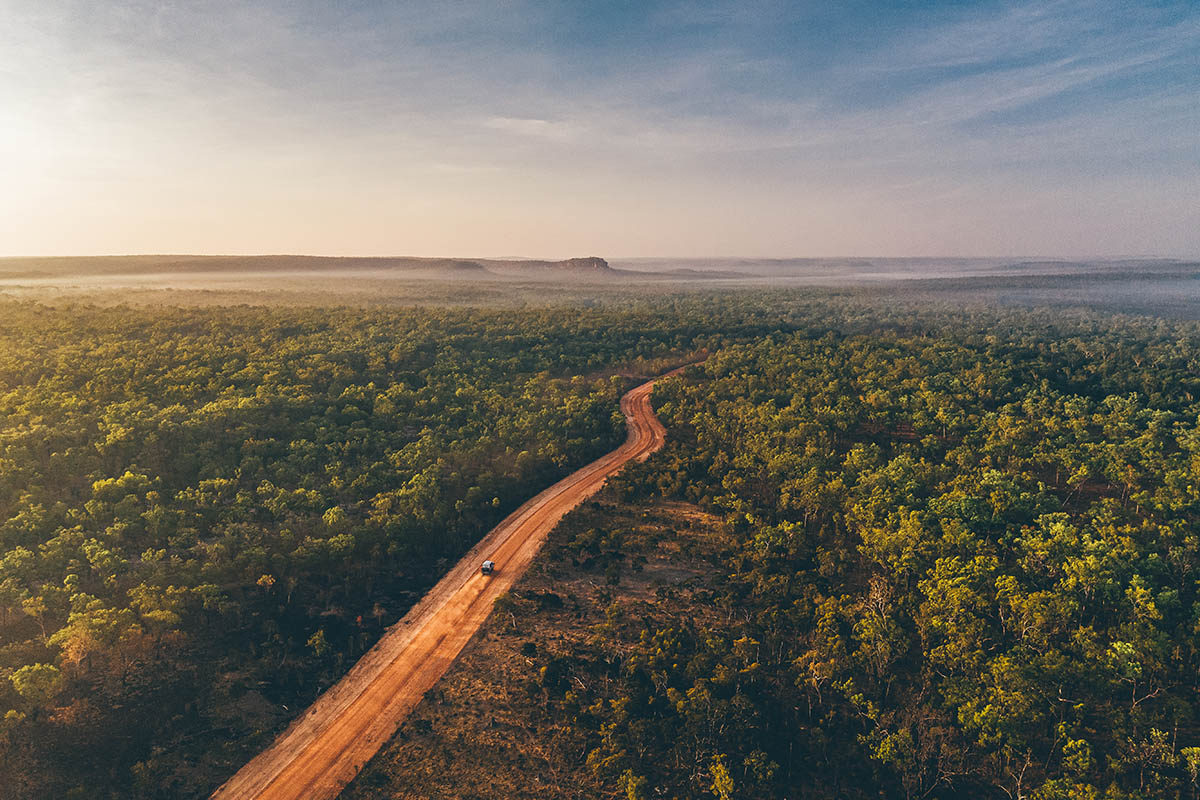
The project funding is scheduled to run out early next year.
Johnny for one is excited about the future beyond that.
“They’ve got the drones, they’ll have the experience, they understand the logistics of Country and it’s getting young people back on Country again,” he said.
##PQ2##
“A lot of western science and disciplines partner really well with traditional knowledge.
“It’s helping to bring everything to life again.”
Other partners in the project include Athena AI, Emesent, Flyfreely, Griffith University, Maxus AI and World of Drones Education.
Main points
- 15 Quinkan rock art sites not previously seen by today's generations have been discovered on Cape York
- The Western Yalanji people are working in partnership with tech consulting firm KJR to use machine-learning, drones, AI and mapping technology
- They're both re-discovering new sites and documenting those already known


